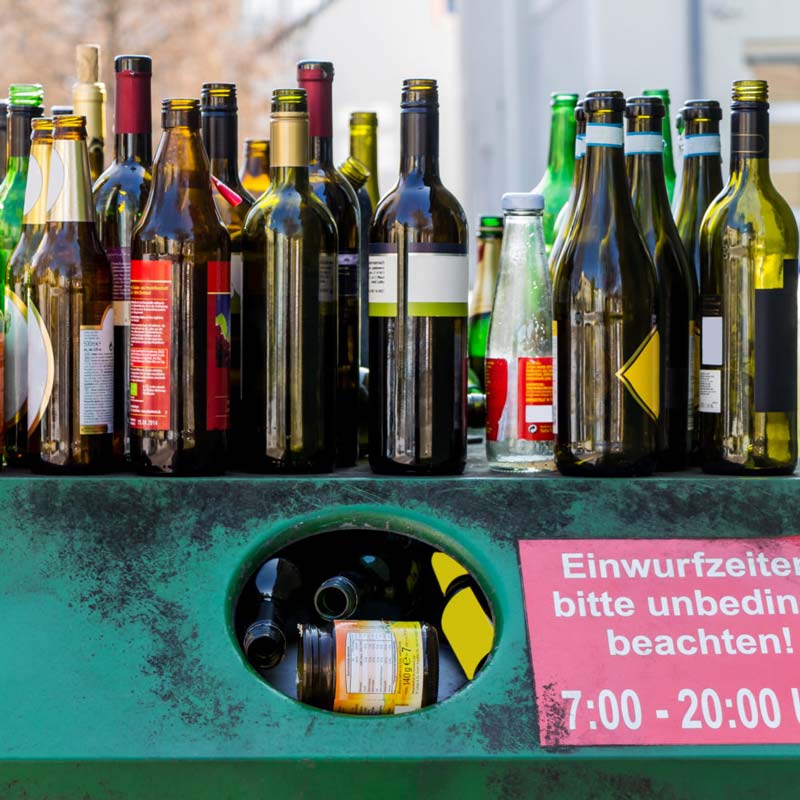
Circular Economy Explained – Understand How Upcycling Fits into the Bigger Sustainability Movement
What Is the Circular Economy, Anyway?
Imagine eating an apple and tossing the core. In nature, that core might grow into a new tree. That’s the basic idea behind the circular economy: nothing goes to waste—everything is reused or recycled. Unlike the linear economy where we make, use, and toss products, the circular economy aims to keep materials in use for as long as possible. It saves resources, reduces waste, and protects the environment. Makes sense, right?
The circular economy is built on three key principles: Reduce, Reuse, Recycle. And that’s where upcycling comes in—a super creative way to support this loop!
Upcycling: Giving Old Things New Life
Upcycling means taking things that seem useless and turning them into something new—often even better. Old jeans become trendy bags, wine corks become bulletin boards, or mason jars become stylish lamps. The beauty of it? You’re not only giving materials a second life but often increasing their value. Unlike recycling, which breaks materials down to create something new, upcycling keeps the original form mostly intact—saving both energy and resources.
So, upcycling isn’t just sustainable—it’s also a creative boost! It lets you express yourself while contributing to the circular economy.
Why Is Upcycling Important for the Circular Economy?
The circular economy is all about extending a product’s life cycle. Upcycling fits perfectly because it:
-
Reduces waste: Instead of tossing things out, you give them a new purpose.
-
Saves resources: Less demand for new raw materials.
-
Boosts creativity: Inspires new ideas and DIY projects.
-
Lowers CO₂ emissions: Less production means less energy used.
Example: If you turn old wooden boards into a coffee table, you're not only keeping them out of the landfill—you’re also avoiding the energy needed to make a new table. Win-win!
Everyday Upcycling Ideas
Ready to give it a try? Here are some simple ways to start upcycling in your daily life:
-
Clothing glow-up: Turn an old T-shirt into a shopping tote or a trendy crop top.
-
Furniture makeover: Give old chairs new life with fresh paint or fabric.
-
Home decor: Use old light bulbs as mini vases or driftwood to frame your photos.
-
Kitchen hacks: Use coffee grounds as fertilizer or repurpose tin cans as herb pots.
Tip: Platforms like Pinterest or Instagram are packed with upcycling inspiration!
How Upcycling Is Changing the World
Upcycling is more than a DIY trend—it’s a statement for sustainability. More and more companies are embracing the circular economy and incorporating upcycling into their products. From fashion brands crafting new collections from leftover fabric to furniture makers designing with reclaimed wood—the movement is growing. And you can be part of it! Every little upcycling project you take on makes the world a bit greener.
Tips to Start Upcycling
-
Start small: No need to build an entire piece of furniture. A tin can pencil holder is already a great start.
-
Keep some tools handy: Scissors, glue, paint, and a bit of patience often go a long way.
-
Use swap markets: Flea markets or swap events are great places to find materials for your projects.
-
Mistakes are okay: Upcycling is about creativity—there’s no right or wrong!
Final Thoughts: Upcycling & Circular Economy – Hand in Hand for the Future
The circular economy is key to a more sustainable world, and upcycling is one of the coolest ways to be part of it. It’s easy, fun, and good for the planet. So grab some old stuff, get creative, and join the loop! Got an upcycling project in mind? Share it in the comments—we’d love to see it!
